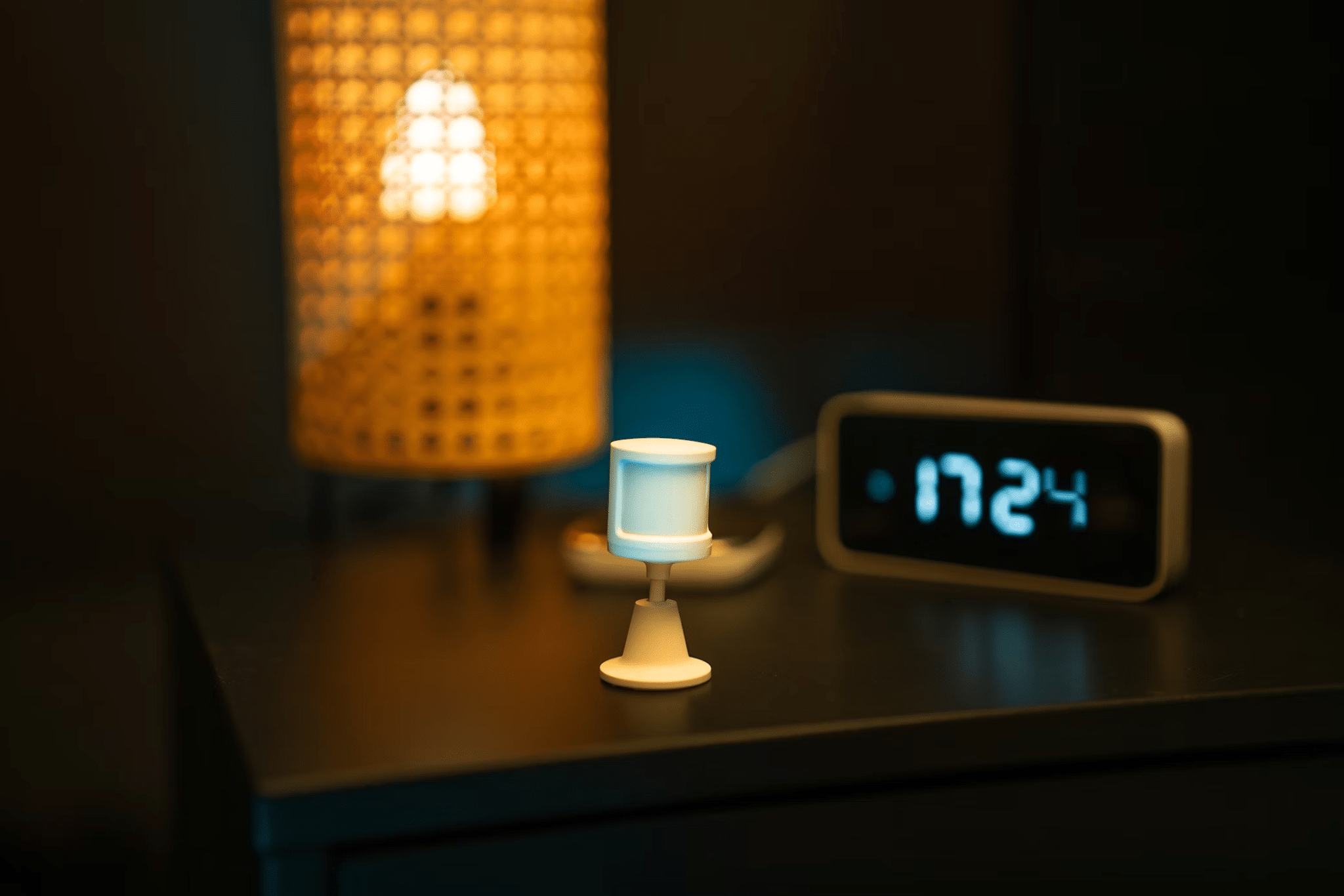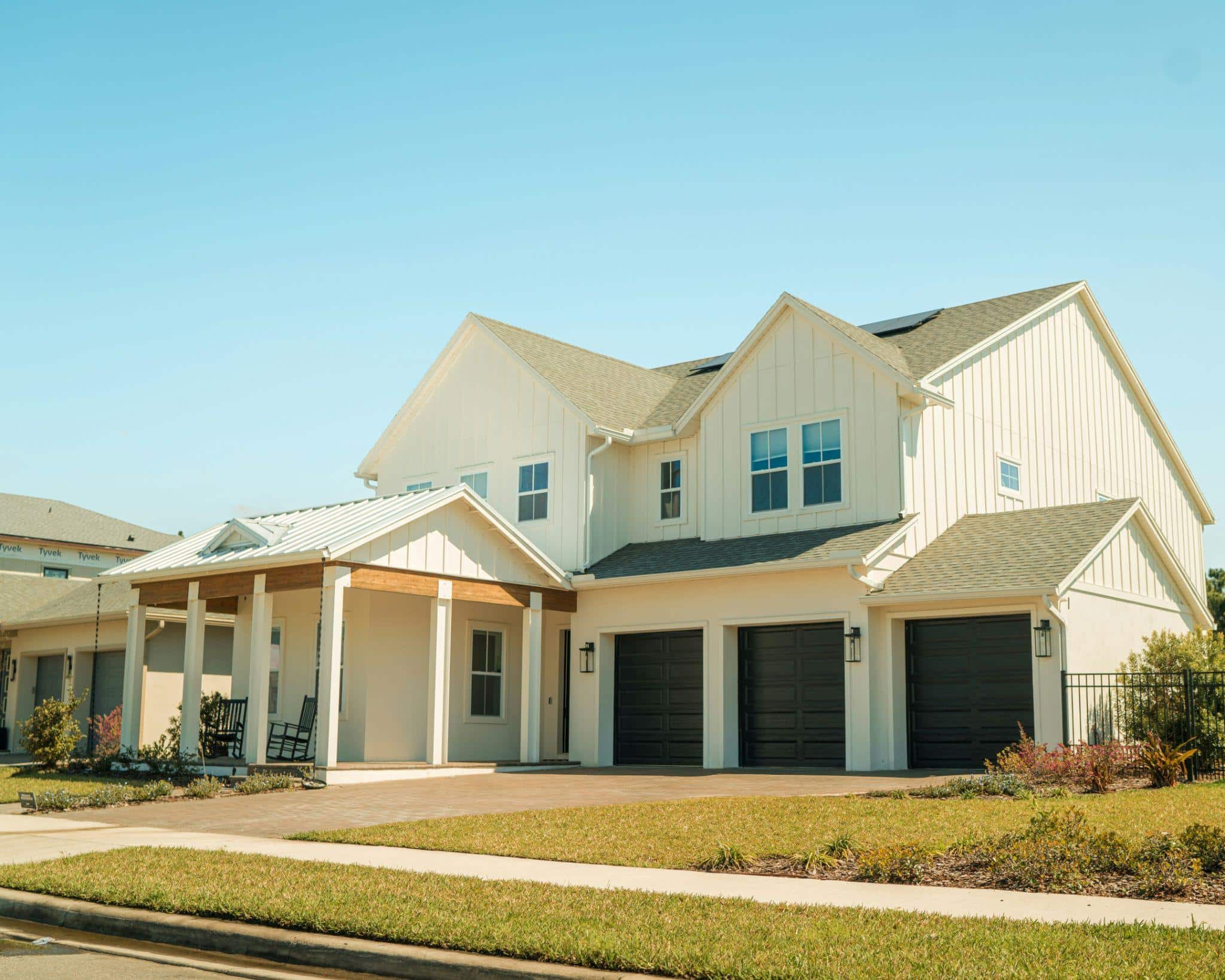Smart homes are changing the way we live, making life more convenient, energy-efficient, and secure. These smart systems, if optimized, help cut down on energy use and lower utility bills without any extra effort.
Smart lighting can turn off when you leave a room or adjust to natural light, saving energy and keeping your home cozy.
It’s becoming a staple in energy-efficient homes, offering significant savings and environmental benefits. With lighting accounting for approximately 15% of a household’s energy consumption, switching to smart systems can drastically cut down this number. For example, energy-efficient LED smart bulbs use up to 75% less energy than traditional incandescent bulbs and can last 25 times longer
These systems also allow for advanced control features, such as motion sensors and automated dimming, which ensure lights are only on when needed, minimizing energy wastage.
The ability to control lighting remotely through smartphones further optimizes usage, allowing users to turn off lights even when away from home
And, the adoption of smart lighting contributes to global sustainability goals by reducing overall energy demand, lessening the strain on power grids, and mitigating carbon emissions.
The Future Of Smart Lighting For Energy Efficiency And Automation
Smart lighting technology continues to evolve, offering more than just energy savings. In 2024, smart lighting systems are becoming a cornerstone for home automation, enhancing both convenience and sustainability.
We will explore how integrating smart lighting into home systems not only optimizes energy use but also transforms living environments with intelligent control, real-time adjustments, and seamless automation.
Integration With Iot For Advanced Control
One of the key trends shaping smart lighting in 2024 is its deeper integration with the Internet of Things (IoT). This convergence allows smart lighting systems to work alongside other connected home devices, enabling better energy management. For instance, lights can be synced with smart thermostats to optimize overall energy consumption by adjusting based on room occupancy and ambient light
Moreover, integrating lighting with building systems like heating and cooling helps to cut energy usage, significantly reducing electricity bills.
By combining AI with IoT (AIoT), these systems can make real-time decisions based on data from motion and daylight sensors. This level of automation ensures lights are only in use when needed, drastically minimizing energy wastage. As a result, homes with AIoT-integrated lighting systems can achieve up to 80% more energy savings compared to traditional lighting.
Automation For Maximum Efficiency
Automation plays a critical role in the energy-saving potential of smart lighting. With features such as geofencing and scheduling, smart lighting systems adjust themselves based on user habits or external factors.
Geofencing allows lights to automatically turn off when no one is home, or turn on as someone approaches. This intelligent automation reduces the likelihood of lights being left on unnecessarily.
In addition to time-based schedules, advanced smart lighting systems are now equipped with sensors that detect natural light levels. These systems adjust indoor lighting accordingly, dimming or turning off artificial lights when there is ample daylight.
This creates a balance between comfort and energy efficiency, ensuring that artificial lighting is only used when needed. Homeowners using such systems can lower their lighting-related energy consumption by 40% or more.
Sustainability And Smart Cities
The rise of smart cities is also influencing how smart lighting is being adopted in residential areas. Smart city infrastructures use connected lighting systems that not only reduce energy consumption but also support broader sustainability initiatives. In cities where smart lighting is implemented on a large scale, the energy savings can be substantial, reducing strain on power grids and contributing to environmental goals such as reducing carbon emissions.
On a smaller scale, residential smart lighting systems are now incorporating energy-efficient LEDs that can last up to 25 times longer than traditional bulbs.
Coupled with smart controls, these lighting systems have the potential to reduce greenhouse gas emissions significantly. For homeowners, this means a direct contribution to global sustainability efforts, while also benefiting from lower energy costs.
Personalization Through AI
Artificial Intelligence (AI) is revolutionizing smart lighting, allowing systems to learn and adapt to individual user preferences. In 2024, AI-powered smart lighting can adjust automatically based on past behavior, such as dimming the lights during movie time or increasing brightness during work hours. This personalized experience ensures maximum comfort while optimizing energy use.
In addition, AI-driven smart lighting systems can now integrate with health-focused devices to monitor home environments, adjusting lighting levels to enhance sleep, productivity, or even mood. Such systems are ideal for households that prioritize wellness, as they create a harmonious environment that supports overall well-being without sacrificing energy efficiency

Smart Lighting And Home Security
Smart lighting is also playing an important role in enhancing home security. With integration into home security systems, lights can be programmed to turn on or off in response to motion, deterring potential intruders. More sophisticated systems use facial recognition or even sync with security cameras, ensuring lights respond intelligently to specific threats.
Homeowners can integrate lighting with security alarms, creating scenarios where lights flash or change color when a security breach is detected. This not only helps deter intruders but also provides real-time feedback to homeowners, whether they are home or away.
Solutions offer systems where lighting integrates seamlessly with security setups, ensuring both energy efficiency and enhanced safety for homeowners.

Wrapping Up
Smart lighting is poised to further evolve with developments in wireless technologies, such as 5G, which will enhance the integration of lighting systems into smart city and home infrastructures.
As solar-powered smart lighting systems become more affordable, homeowners will soon have access to even greener lighting solutions.
The increasing use of energy management apps will also enable users to monitor and optimize their energy consumption with even greater precision, making smart lighting an even more valuable tool for sustainable living.









One Comment
vavada casino: vavada casino – вавада